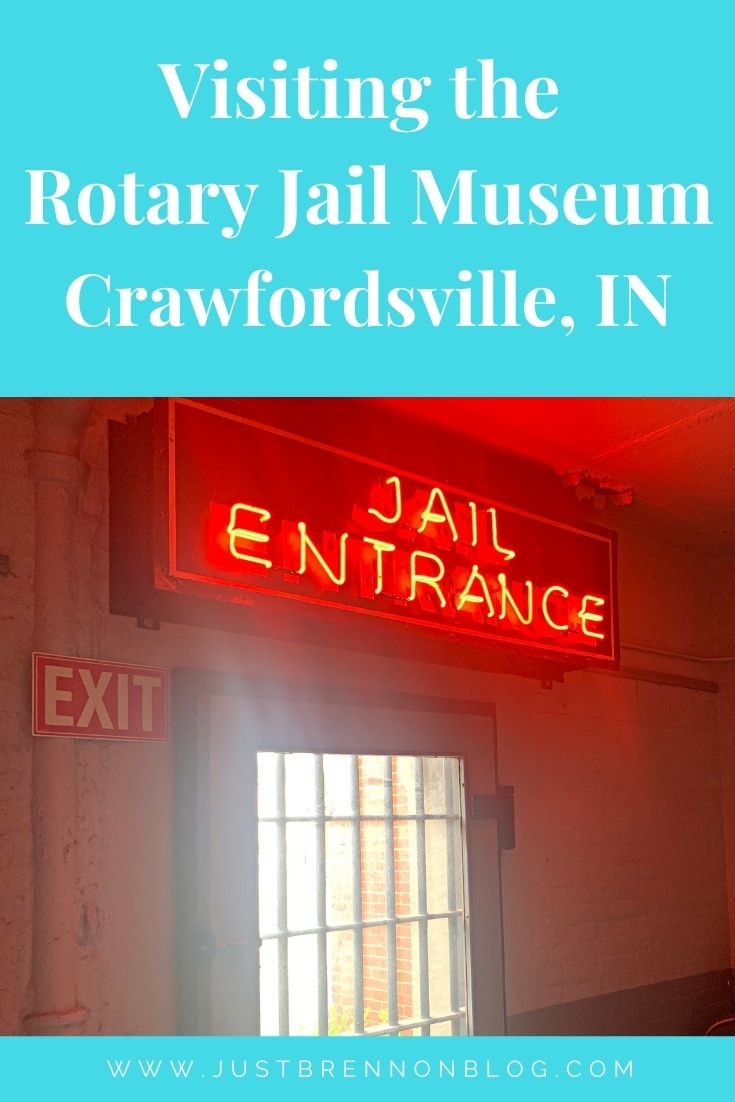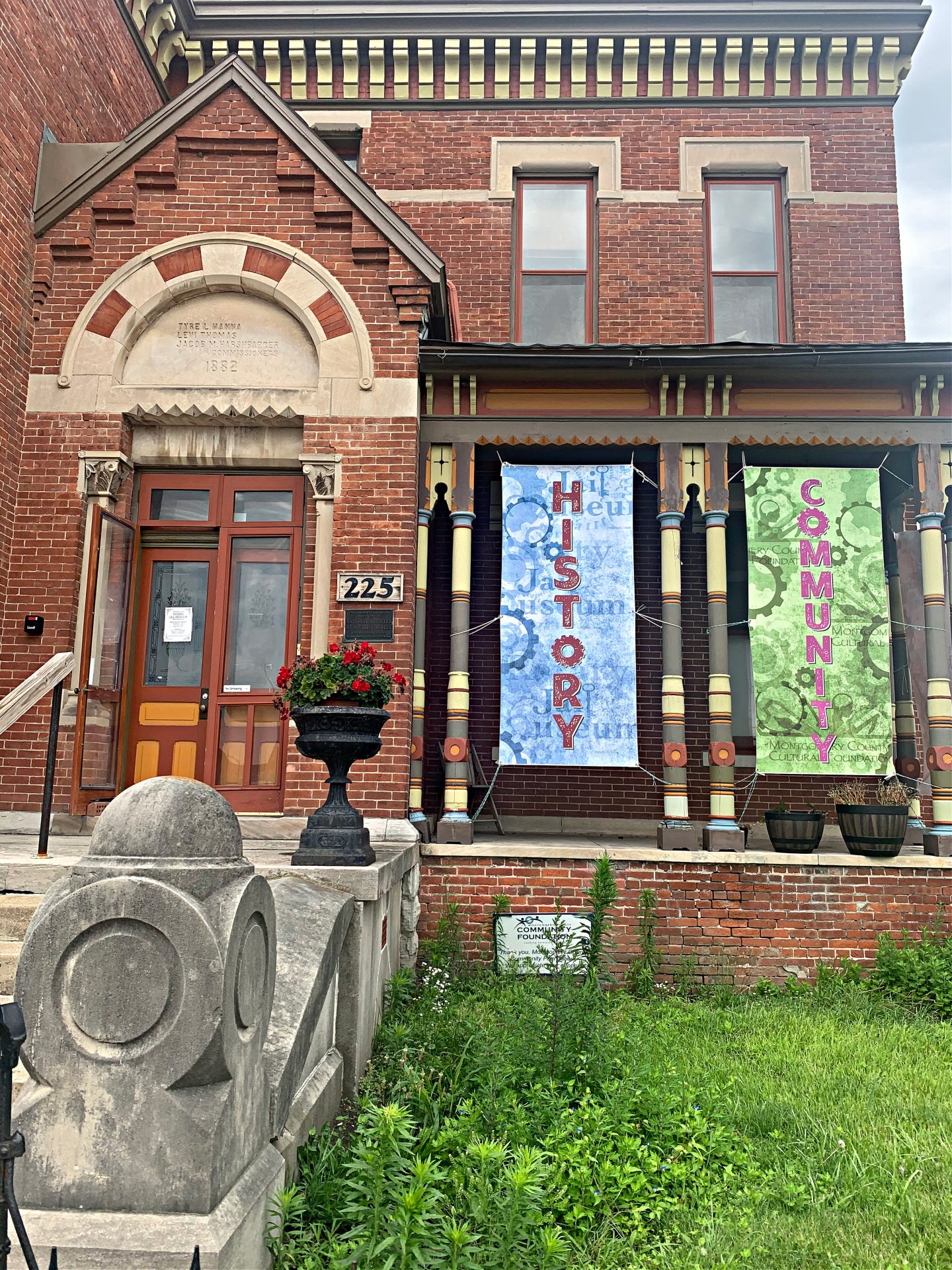
When it comes to adventures, the easiest way to do it is by having quick getaways such as day trips. With that in mind, a spontaneous (and solo) day trip landed me at the Rotary Jail Museum located at 225 N. Washington St, Crawfordsville, IN.

Solo trips for the win!!
The Rotary Jail Museum in Crawfordsville was the first-of-its-kind in the country. It was built in 1881 and was in operation as the county jail until 1973.
This rotary jail is the first of 18 rotary jails built and one of only three left standing. Although there are three left standing, this location is the only rotary jail in existence that is still operational.

First Impressions
Prior to entering the Museum, I had no expectations and had no idea what was in store. The only thing that came to mind was John Dillinger and our visit to the John Dillinger Museum in Crown Point, Indiana several years back.
During that museum visit, there was a jail cell located inside where visitors could experience what it was like to be behind bars in that era.
With this in mind, I wondered if the museum would be like that.
Side Note: The John Dillinger Museum has since closed, but you can visit his grave in Indianapolis, as it is open to the public.
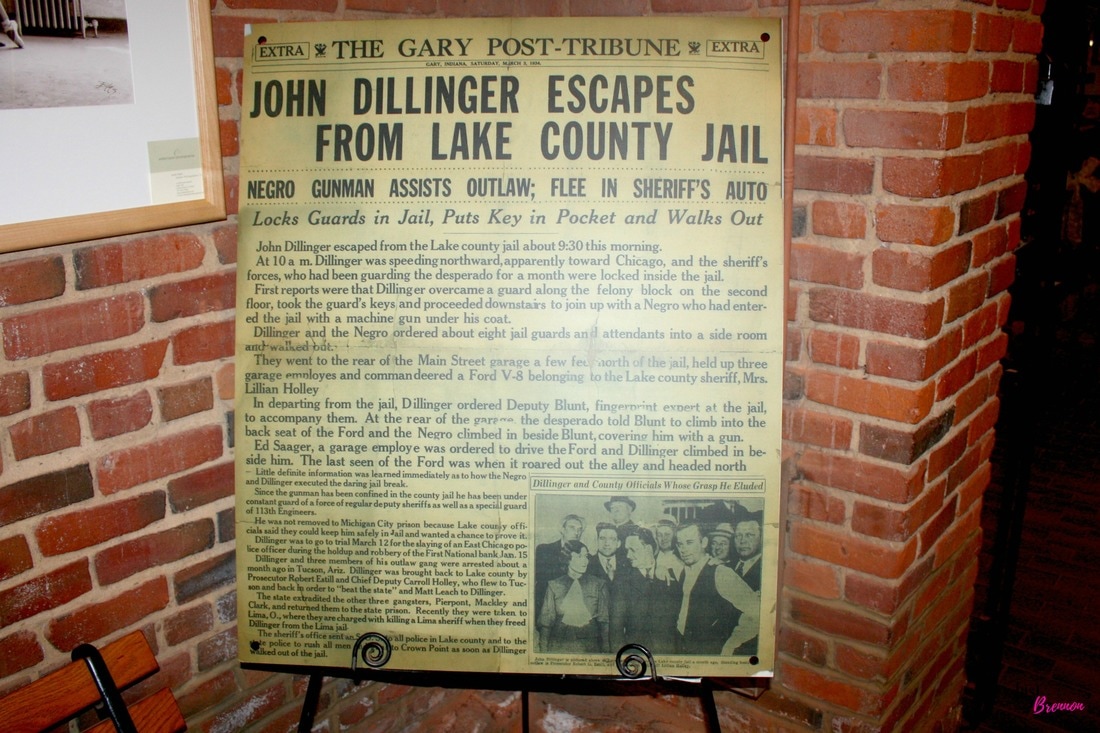
Admission
Little did I know our $5 admission gets you a very informative tour throughout the Museum, as well as the rotary jail itself.
After all visitors paid, our tour began. In the first room, we learned a lot of history about the gentleman who occupied the house prior to it turning into a historic landmark.
We also learned interesting information on why people had high porches. You’ll never guess why. After that, we spoke about different devices that police used over the years during arrests such as thumb locks and handcuffs. As I glanced at the various devices, there he was, John Dillinger.
Okay, it wasn’t him exactly. It was information regarding him, along with some interesting artifacts.

John Dillinger
If you are unfamiliar with John Dillinger, he was America’s #1 public enemy. He was known as a “Midwestern bank robber, auto thief, and fugitive who captured the national imagination until the FBI caught up with him in 1934” according to FBI files. My initial interest in him stemmed from the 2009 movie, Public Enemies and the 1995 movie, Dillinger and Capone.
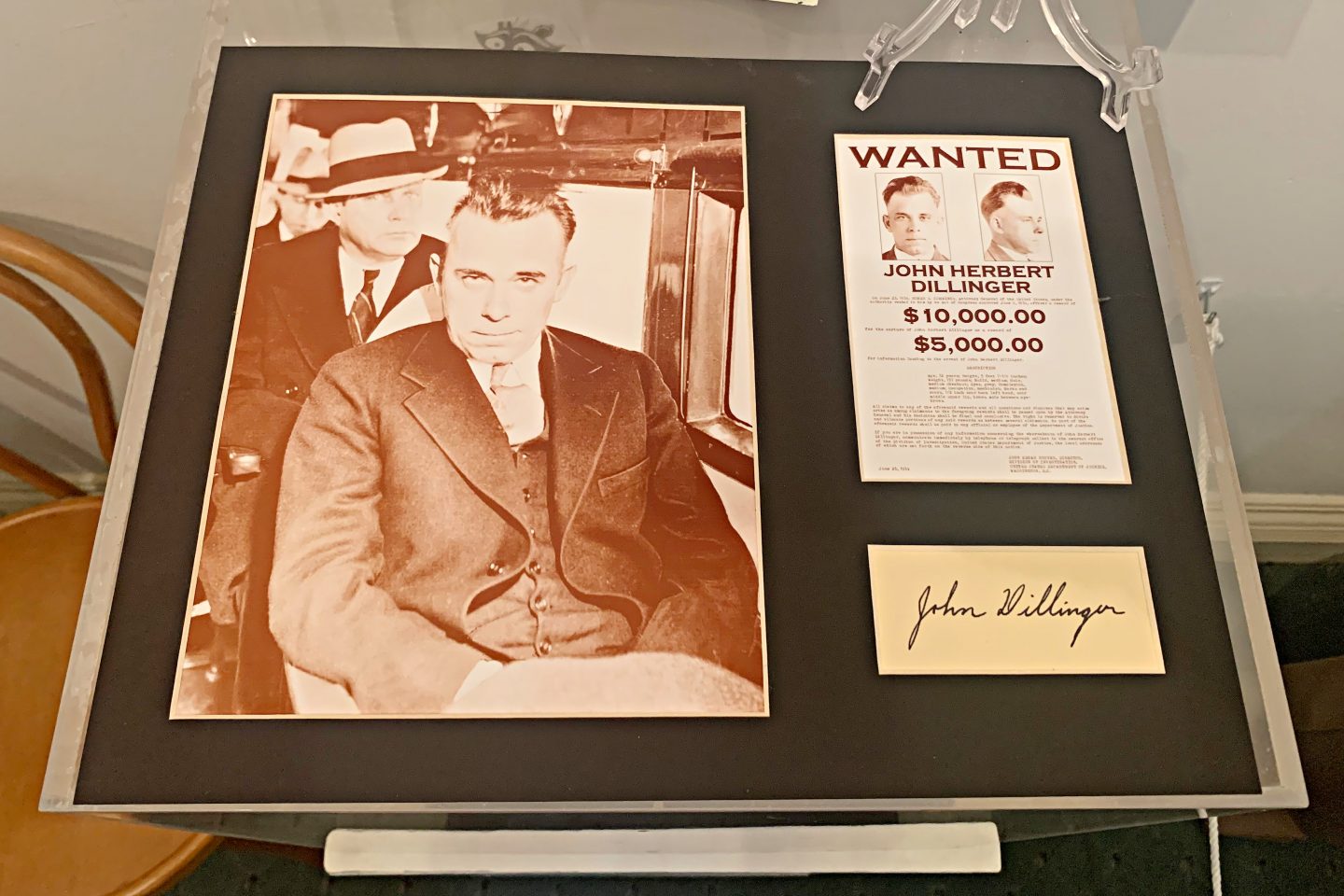
Join Amazon Prime to Watch
With no apologies, I love a good, old school, gangster movie. And, the fact that he was clever enough to have his fingerprints removed and even have plastic surgery to change his appearance is all very interesting to me, especially during the Depression Era where extensive cosmetic surgery was not as popular as it is today.
According to History, “the doctors gave the gangster a rudimentary facelift, removed several moles and scars, filled in his famous cleft chin and used chemicals to burn off his fingerprints”, only for him to be completely unsatisfied. Some of this is shown in a case in the Rotary Jail Museum.
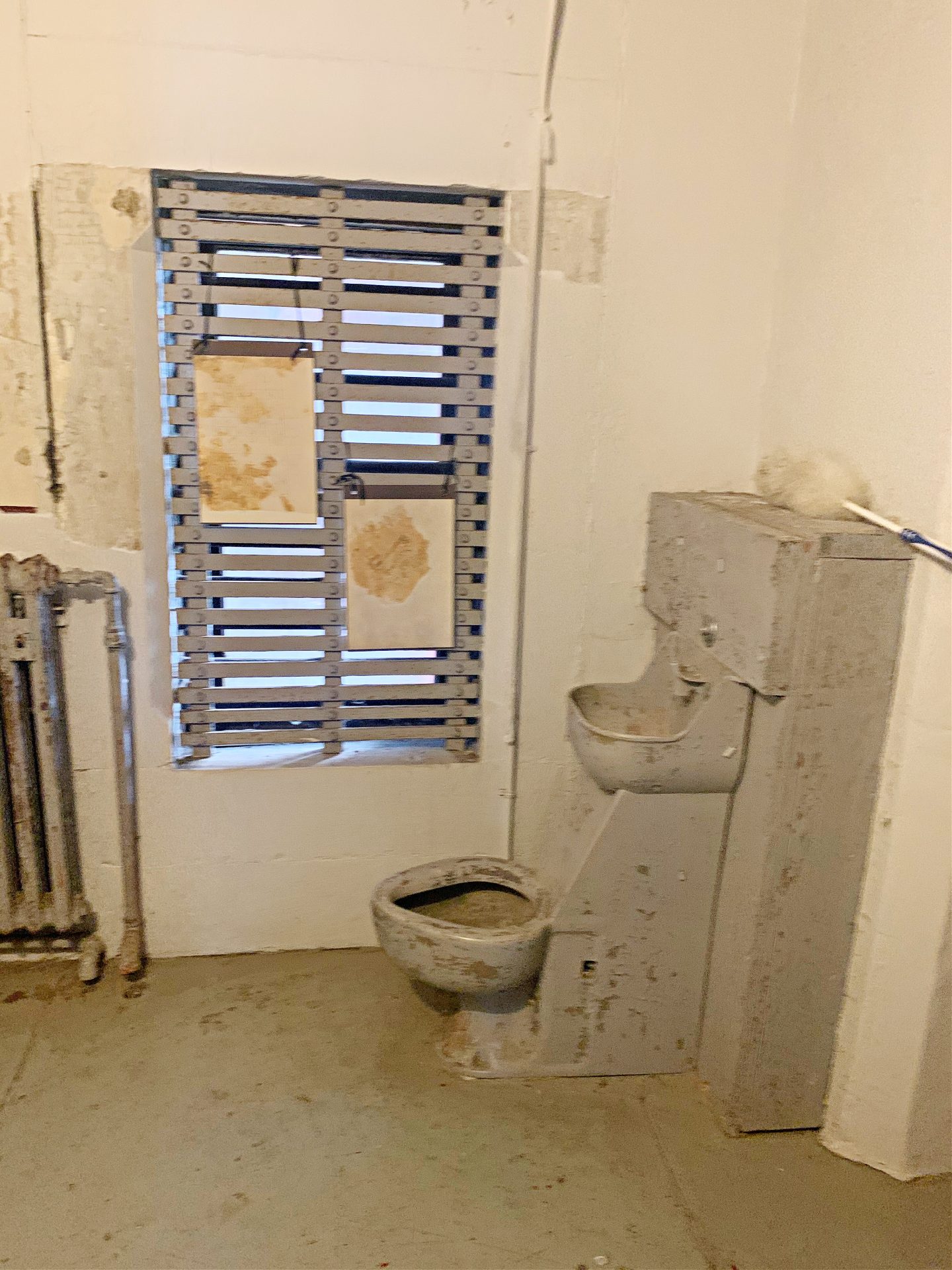
Continuing With The Tour
After learning more about the house, the Museum as a landmark, fundraisers, etc. we headed to the rotary jail. During our time there, we learned more about the jail itself, prohibition, the neon light jail sign, statistics, etc.

The Neon Light Jail Entrance Sign
The neon light jail sign captured my attention because I’m fascinated with neon light signage. In fact, you can read more about neon signage with our visit to the American Sign Museum in Cincinnati, Ohio.
Aside from that, we were also able to watch the jail turn and have a tour through the jail.
Lastly, the Rotary Jail Museum features a two story, thirty ton rotary mechanism that housed sixteen wedge shaped jail cells.
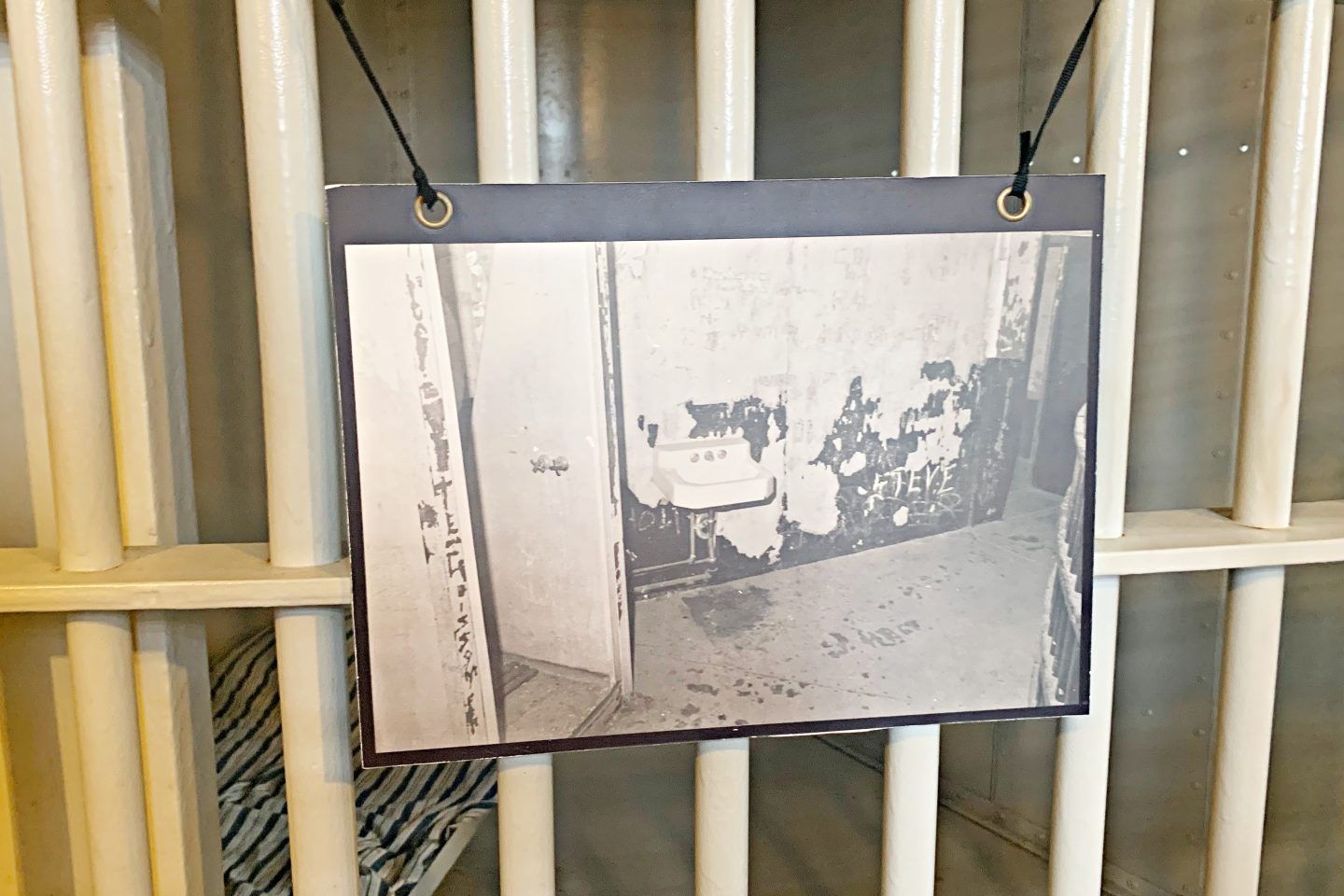
Final Thoughts
Visiting the Rotary Jail Museum was interesting and packed full of knowledge. While I’ve shared my interests and perspective including Dillinger and the neon light signage, there’s so much more to learn and see.
This post contains affiliate links.
